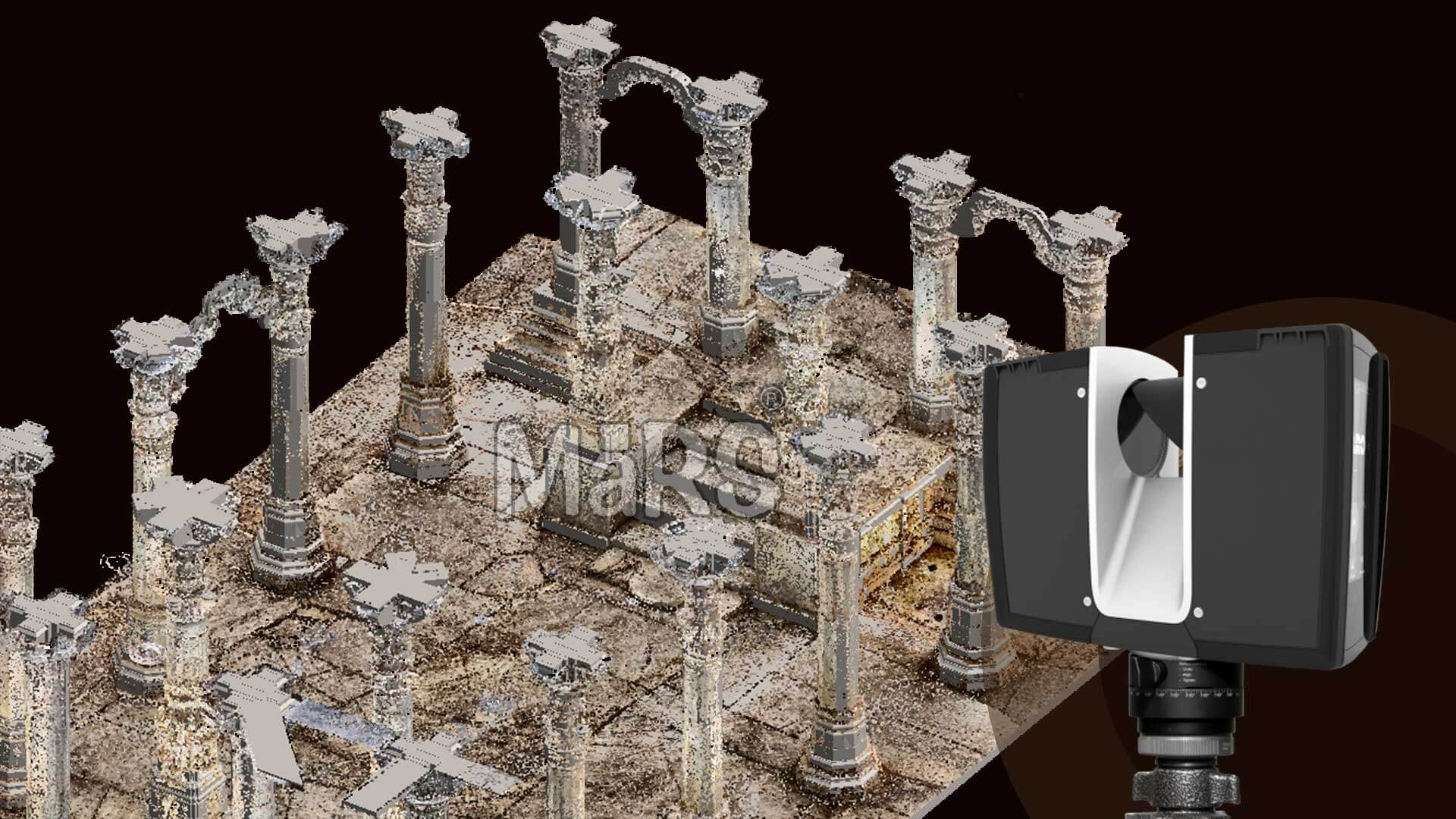Preserving historic buildings is important for maintaining our cultural heritage and architectural history. These structures offer a glimpse into the past and help us understand the history and artistry of previous eras. However, keeping them in good shape while adapting them to modern needs can be challenging.
Scan to BIM Services is a technology that can make this process easier and more effective. But how can it help with historic structures? In this article, we’ll explore how BIM technology benefits historic building preservation, reconstruction, and management. We’ll break down these benefits simply, so you can see why this technology is so valuable.
Understanding Scan to BIM in the Context of Historic Structures
Scan to BIM involves using 3D laser scanning technology to capture detailed images of building conditions. Here’s how it works:
- 3D Laser Scanning: Special laser scanners take thousands of measurements from different angles. These measurements create a precise point cloud of the building’s exterior and interior.
- Data Conversion: The collected data is converted into a 3D model using BIM software. This model includes not just the visible parts of the building but also the hidden elements like walls, ducts, pipes, and structural supports.
For historic buildings, this technology is particularly useful because it allows us to create accurate digital records of structures that may be old or delicate. This way, we can have a clear picture of the building’s state without risking damage from traditional measuring methods.
Challenges in Historic Preservation
Preserving historic buildings comes with its own set of challenges:
- Complexity: Many historic buildings have intricate designs that are hard to measure accurately by hand. Small details, such as carvings or moldings, can be easily missed or misrepresented.
- Condition: Over time, historic buildings can deteriorate, making it difficult to understand their original state and structural integrity. Traditional methods might not capture these details accurately.
Point Cloud to BIM addresses these challenges by providing a detailed and accurate digital representation of the building. Unlike manual measurements, which can be prone to errors, BIM offers a precise and comprehensive view of both the visible and hidden aspects of a structure.
Detailed Benefits of Scan to BIM for Historic Building Preservation
1. Accuracy in Capturing Historical Details
When it comes to preserving historic buildings, maintaining architectural authenticity is crucial. Scan to BIM technology accurately captures intricate historical details such as decorative carvings, moldings, and unique design elements. These fine details, often difficult to measure manually, are digitally documented with precision. This ensures every architectural feature of the historic structure is preserved and protected for future restoration and reference.
2. Support for Historical Research and Documentation
By leveraging Scan to BIM, detailed digital archives of historic buildings can be created. These 3D models are invaluable resources for researchers and historians, providing accurate records of the structure’s current state. This technology allows experts to study architectural styles, historical contexts, and design evolutions. With these accurate digital archives, the legacy of historic buildings can be effectively safeguarded for future generations.
3. Enhanced Preservation of Non-Visible Components
Historic buildings often house vital structural elements concealed within walls or behind finishes. Using point cloud to BIM, it’s possible to model these hidden components accurately. This enhanced visibility aids in a thorough understanding of the building’s structural framework. Such insights are critical for preservation planning, enabling experts to evaluate the condition of non-visible elements and prioritize necessary maintenance without invasive methods.
4. Facilitation of Restoration
Restoration projects require a deep understanding of the building’s original design. Scan to BIM provides high-fidelity digital models that act as accurate blueprints for restoration professionals. These models help replicate intricate historical features, ensuring restoration or reconstruction efforts remain true to the original aesthetics. Whether recreating damaged sections or replacing missing elements, this technology enables authentic, data-driven restoration.
5. Adaptive Reuse and Retrofit Planning
Adapting historic buildings to modern needs often requires a careful balance between preservation and functionality. Scan to BIM supports adaptive reuse by providing a comprehensive view of the building’s current state. This allows for seamless integration of modern systems—such as HVAC or electrical upgrades—without compromising the historical value. By enabling precise retrofit planning, the technology helps maintain the structure’s heritage while enhancing its utility.
6. Virtual Preservation and Public Engagement
The digital models created with Scan to BIM technology open up possibilities for virtual tours and interactive experiences. These virtual representations make historic buildings accessible to a global audience, reducing physical wear and tear while promoting cultural awareness. Virtual preservation not only educates people about the historical significance of these sites but also keeps the heritage alive through immersive, interactive exploration.
7. Enhanced Condition Monitoring and Management
Scan to BIM is not just a one-time solution—it’s a powerful tool for long-term maintenance. By regularly updating the digital models, facility managers can monitor the building’s condition over time. This enables early detection of structural issues or wear, allowing for proactive repairs and upkeep. Regular updates ensure that the historic structure remains safe and preserved for generations to come.
Conclusion
Scan to BIM offers many detailed and specific benefits for preserving historic buildings. It helps capture every intricate detail, supports historical research, and provides a reliable foundation for restoration and management. By using this technology, we can ensure that historic structures are preserved accurately and effectively for future generations. Embracing modern tools like BIM is essential for safeguarding our cultural heritage and keeping the stories of these magnificent buildings alive.


Recent Comments